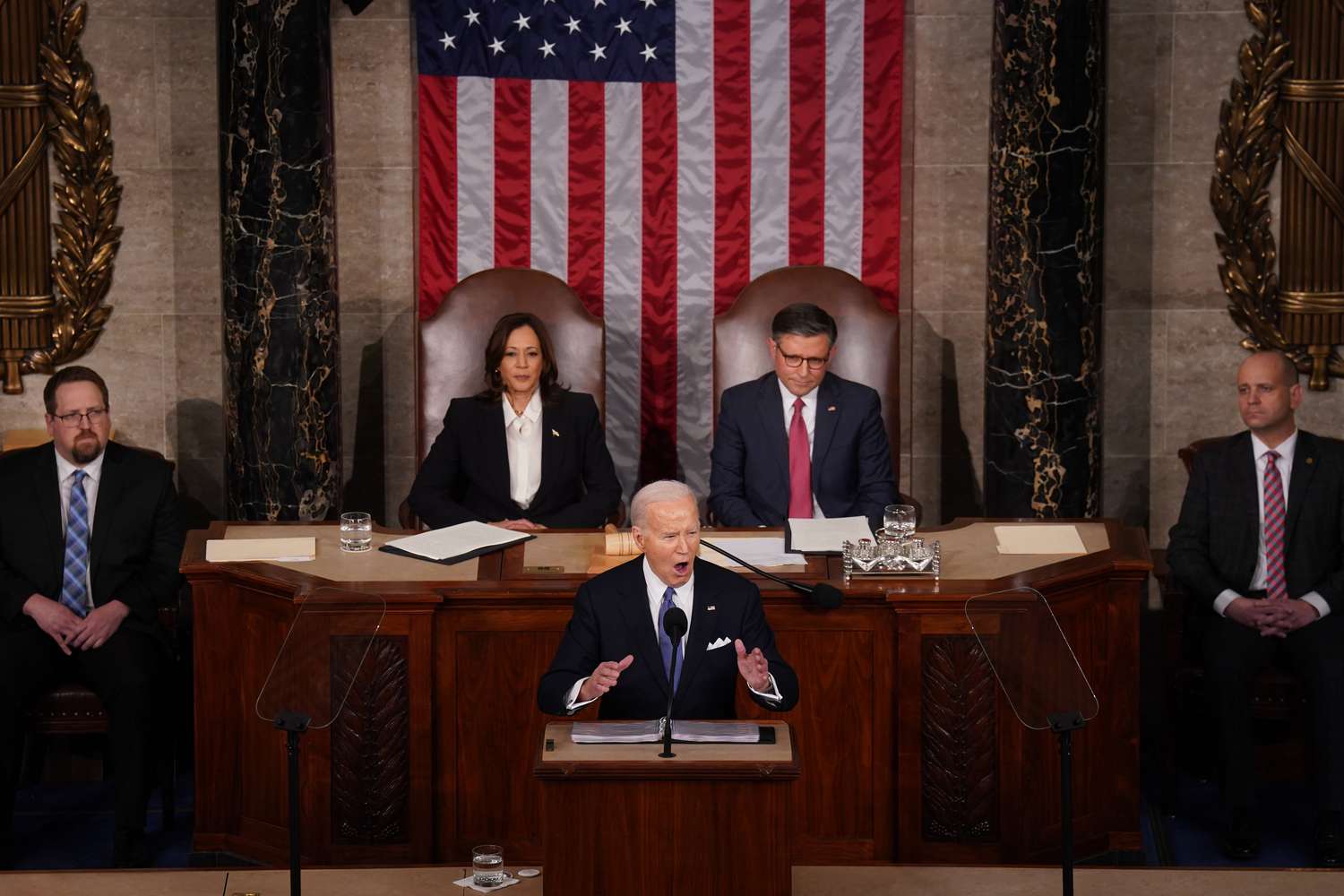World events and economic conditions influence how each generation behaves as consumers and business owners.

A decade ago, millennial consumers were constantly making headlines for “eliminating” certain products. From a business perspective, Millennial entrepreneurs found notable success in the 2010s due to increased access to venture capital and early adoption of social media to acquire customers.
Now, as interest rates are higher, venture capital funding is harder to obtain, and privacy laws have made paid customer acquisition on social media more challenging, Gen Z entrepreneurs are following a different strategy for building their businesses. are doing.
According to The Business of Fashion, Gen Z businesses are differentiating themselves from their millennial counterparts by creating super-niche products. This route requires less capital and requires slower, more sustainable growth.
To better understand the ins and outs of Gen Z entrepreneurship, we’re taking a deeper dive into a specific Gen Z business: Chamberlain Coffee.
Founded in 2020 by popular YouTube creator Emma Chamberlain, Chamberlain Coffee has become a cult favorite among young coffee drinkers. The brand began offering whole bean coffee and has expanded to sell cold brew packets, matcha, tea, ready-to-drink coffee, and branded merchandise including milk frothers and mugs.
What makes Chamberlain Coffee uniquely Gen Z?
So what makes Chamberlain Coffee uniquely Gen Z compared to other beverage brands?
Natural connection to Chamberlain’s material
Not all brands founded by popular creators are successful, but Chamberlain Coffee is off to a strong start.
As a creator, Chamberlain began sharing videos of her daily life, often involving her sipping cold brew coffee, so the launch of Chamberlain Coffee felt like a natural extension of her personal brand.
Their love of cold drinks matches their generation’s coffee consumption habits – Gen Z are more likely to opt for iced coffee than older generations. Chamberlain Coffee’s domestic cold brew options serve the brand’s target audience.
A clear omnichannel strategy
In the 2010s many emerging brands opted for exclusively direct-to-consumer models backed by high VC dollars. Chamberlain Coffee, like other Gen Z-led brands, has deliberately opted for an omnichannel channel in the early stages of the company.
While the brand was initially only available through the company’s website, it can now be found at retailers including Sprouts, Target, and Walmart allowing for greater reach and different points of customer acquisition.
Partnership and cooperation
Chamberlain Coffee has also turned to partnerships and collaborations with other brands to increase name recognition. Last year, the brand collaborated with Swoon to launch a special range of matcha lemonade drinks.
This fall, Chamberlain Coffee partnered with ready-to-eat cookie dough brand Dukes to create co-branded coffee donut holes and acquired a Los Angeles coffee shop to generate excitement around the launch.
The brand has also entered the beauty sector by collaborating with IGK to create Matcha Dry Shampoo.
Chamberlain Coffee sits at the intersection of Gen Z business and the maker economy, and it will be interesting to watch its continued business trajectory.



